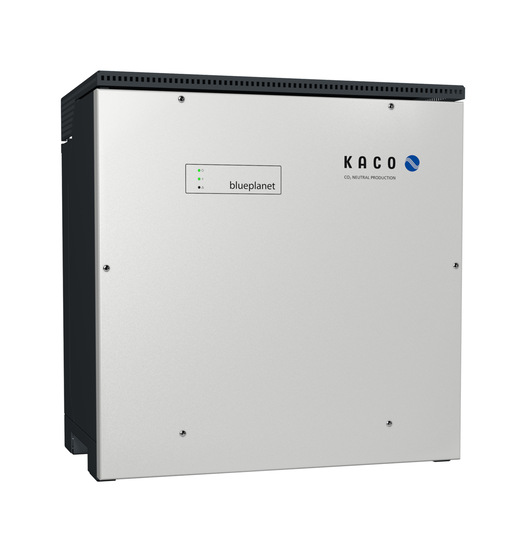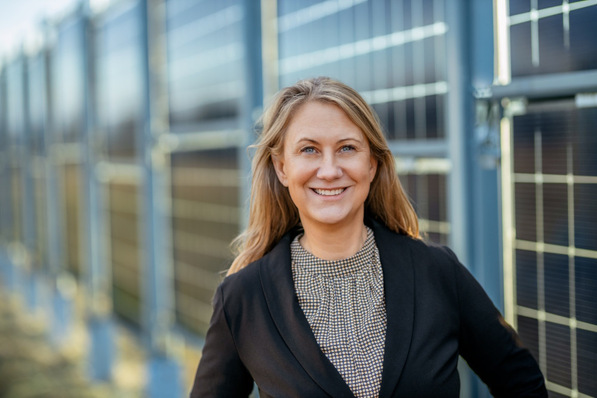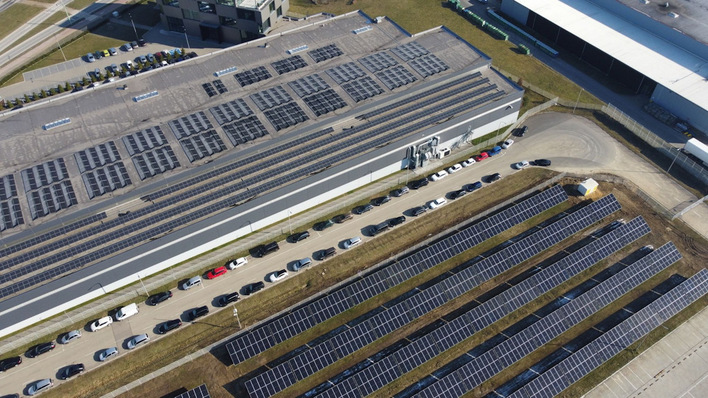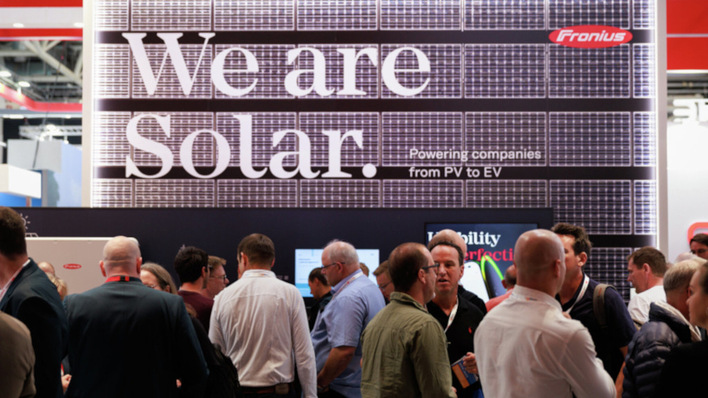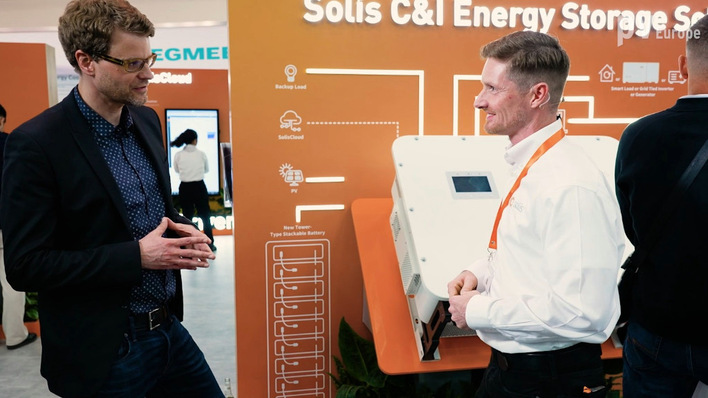KACO new energy launches a new solar PV inverter with 105 kilowatts output. The line voltage of 400 volts makes it possible to connect the blueplanet 105 TL3 to an existing transformer at no additional cost. The 480-volt version with an output of 125 kilowatts follows the same principle for the North American market. Both inverters are thus designed to increase the cost-effectiveness of commercial and industrial PV systems.
"The power transistors of the blueplanet 105 TL3 are made of silicon carbide, which is characterized by a high thermal load capacity. Compared to its predecessor blueplanet 92.0 TL3, the blueplanet 105 TL3 has almost 15 percent more output – it has more horsepower under the hood, so to speak. Nevertheless, we have managed to keep the mechanical dimensions of the device identical to those of its predecessor. We are specifically addressing customer wishes to reduce the initial investment," says Kurt Desimpelaere, CSO of KACO new energy.
The inverter with certain extras
The usual high costs for grid and plant protection can also be dispensed with: The necessary section switches are integrated in the blueplanet 105 TL3 and can be activated directly by the control unit. The inverter allows for an oversizing of its AC power by 1.5 times; a feature which it also owes the heat-resistant silicon carbide power transistors.
See also:
Silicon carbide transistors improve efficiency in home storage systems
To protect against overvoltage, the blueplanet 105 TL3 has type 1+2 arresters on the DC side; the arresters for the AC side as well as the RS485 and Ethernet interfaces can be retrofitted with a single movement. For servicing the inverter, a screwdriver is all that is needed. Commissioning and updates can even be carried out remotely.
DC combiners for more flexibility
Along with the new inverters, KACO new energy has modernized its range of DC combiners. Together with the inverters, the string collectors ensure great flexibility for commercial and industrial PV systems. The inverters are installed in a central location, while the DC combiners are mounted close to the PV modules. This 'Virtual Central' concept avoids AC lines on the roofs and – if necessary – safety requirements for arcing faults and rapid shutdown can be implemented very practically in the DC combiner. (mfo)


